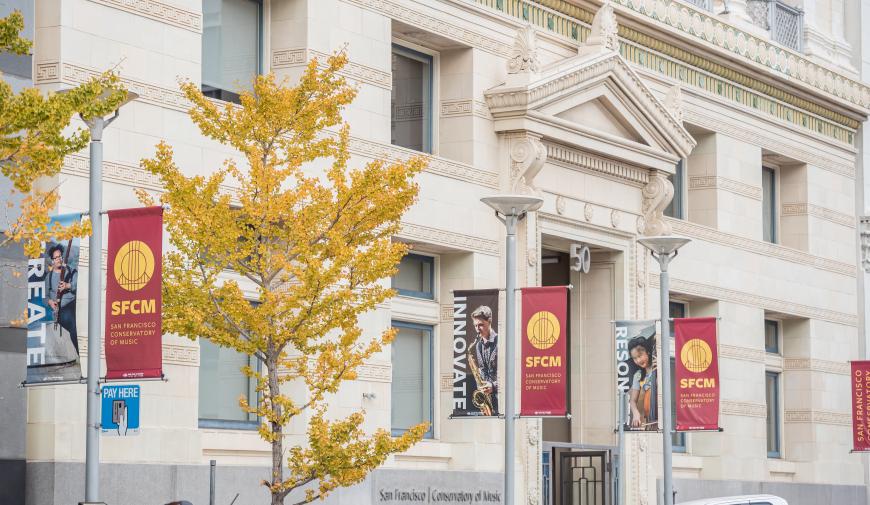
“If there’s one thing I want to put across,” declares David H. Stull, “it’s that exciting new ideas lead to resources.” He repeats this twice, seated at a conference table in his president’s office at the San Francisco Conservatory of Music’s Ann Getty Center for Education at 50 Oak St.
Well-spoken and with a sonorous voice — he earned undergraduate degrees in English literature and tuba performance at Oberlin College — Stull is eager to expound on what’s new and exciting at SFCM. “Of course, all this costs money, in some cases a lot of money,” he allows. “And when you’re going to do something bold and different, you fear you might lose money and that your audience base won’t like it. Both of those things could be true. But here’s the other truth: In the absence of embracing that reality [of something bold and different], you’re definitely going to go out of business.”
Stull sets his premise in the context of SFCM’s recent history and finances. “In the middle of the pandemic [in 2021], we were building the Bowes Center [at 200 Van Ness Ave.], a $202 million facility. At that time, I think our endowment was around $38 million. Not very large. We couldn’t let anybody live on campus yet; it was against the law. And yet, if we didn’t have students moving into our building in the fall, we weren’t going to be able to pay back our debt on the building. … And at the same time, we had migrated an entire performance-space curriculum to some online format.”
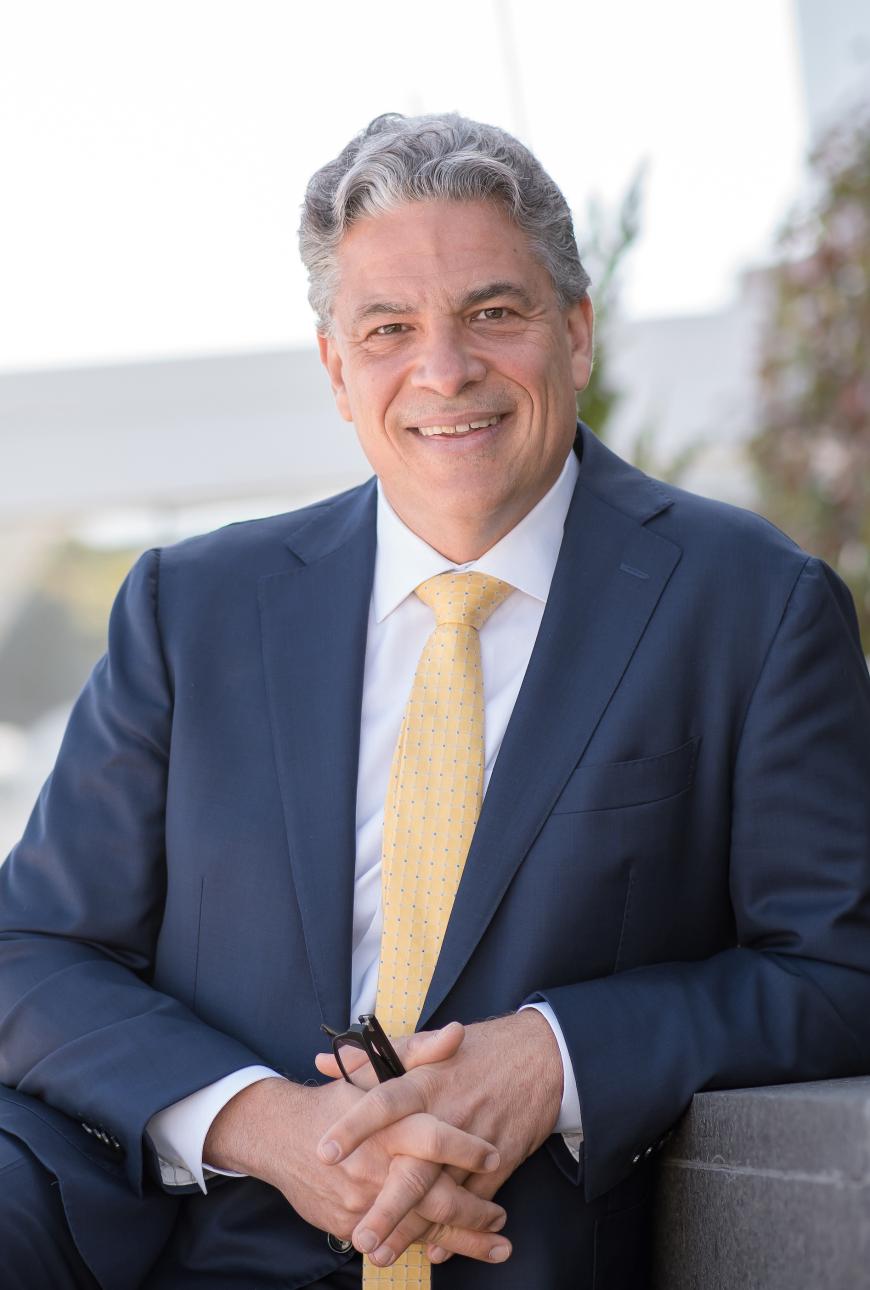
Why, then, with financial challenges and a seemingly persistent pandemic, had SFCM decided to purchase Opus 3 Artists, an artist management company? In an October 2020 article for SF Classical Voice, Janos Gereben reported on skepticism in music and finance communities about the “unprecedented” arrangement of “an otherwise qualified charitable organization — the conservatory — [getting] involved in generating profits.”
At that time, there were few details and no direct input from Stull, who now notes, “If we hadn’t done it then, it’s likely that major management companies in the U.S. would [have] collapsed, and there wouldn’t have been one to buy. Opus 3 didn’t collapse because we acquired them. And that led to our being able to acquire Askonas Holt,” an additional management company that SFCM purchased in December 2022. In the meantime, the Bowes Center, including dormitory, studio, and performance spaces, had opened in time for the fall 2021 semester, and SFCM had taken ownership of the Pentatone record label in May 2022. The result of these acquisitions has been what Stull calls an “alliance” between a nonprofit parent and three commercial entities, unique among conservatories.
“We decided to bet on our future,” he says. “And we had a board of directors prepared to take big risks,” as well as significant support from composer, philanthropist, and SFCM alumnus Gordon Getty, who insisted on “a plan that was not only ambitious and artistic and had a vision to it but that right underneath had a financial model that demonstrated power. You buy management companies, [and through SFCM] they get a record label to which they can attach their artists, recording studios they otherwise never could afford, and a platform where they can experiment with new ideas for the future. This also means there’s back-of-house support for IT and personnel [and] what have you.
“And this means expenses come down and revenues potentially go up,” Stull continues. “Now that a nonprofit owns the companies, the revenues go to your top managers, but they also come back to the conservatory to hire artists who come in and work on these projects. It takes your profit and sends it into a very efficient matrix: the conservatory, which already has a great physical plant, wonderful studios, great engineers, and a few hundred students who are exceedingly talented. And the sky’s the limit.”

The payoff to students is paramount to Stull. “What drew me to San Francisco in 2013 was that I wanted to invent a conservatory of the future. I had cultivated a series of specific ideas during my time [as a faculty member and administrator] at Oberlin, Lawrence University, the Aspen Music Festival, and Juilliard. Well before the pandemic, I had a mind to buy a management company, and for several reasons. One was that at many of the East Coast schools, it was understood that if you [as an artist] wanted to get management someday, you’d want to go to a particular school, and that’s how you’d get noticed. But that wasn’t actually true; there was no relationship at all. So, my view was, ‘What if we actually make a direct relationship?’ While education is about creating opportunity, and that should be about students having the maximum skills they need to succeed, it also means we’re expanding the professional work for these students in the world beyond.”
Stull cites the case of young violinist Amaryn Olmeda, “who studied here at SFCM and then started a solo career. We picked her up with management as our first ‘apprentice’ at Opus 3. We had a committee with her mother, her private teacher, and a couple of folks from Opus 3 to ensure that we didn’t overwhelm her with concert dates because she was still under the age of 18. And we were very carefully choosing repertoire and orchestras. The reason we could do that was the management company didn’t have to go and make money on this person. We were helping to support her through the nonprofit side.”
The Curtis Institute of Music in Philadelphia has long been thought of as the training camp for a career in classical performance in the U.S. “Their premise is, ‘Come work with a faculty member, and we’re going to allow you to become an artist,’” comments Stull. “We go further than that. At Curtis, it’s just the music, but [at SFCM] we tell you [that] you’ll know something about how the music business works and we think you should know something about risk-taking. … And now we’ve expanded to say you should think about how performance experiences will be successful in the future.”
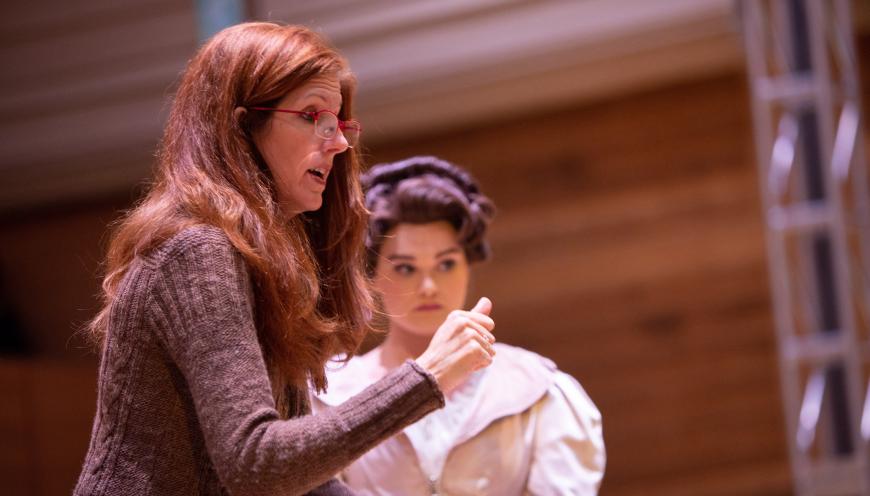
For SFCM students, looking toward the future involves looking beyond traditional genre boundaries. In January of this year, the conservatory announced “a dynamic expansion of its voice curriculum,” commencing with the fall 2024 semester. “We’ve always prided ourselves on our many different paths,” says Heather Mathews, chair of the opera and musical theater program and a teacher of voice. “But we’re expanding what that means to expose our students to contemporary commercial music,” which includes the singer-songwriter approach and facility with body and handheld microphones.
“It’s different musculature and how to get across who you are as an artist with those techniques,” explains Mathews. “Who you are as an artist, between the ages of 18 and 22, can change so greatly, and we’ve decided to really curate that path. All freshmen will have a [required] ensemble class, Vocal Arts Workshop, where they take a module of art songs and acting, developing who they are as storytellers and then moving into musical theater, then into contemporary, and then into opera. So, right off the bat, as soon as you come here, we’re exposing you to all things so that you get an idea of who you want to be.”
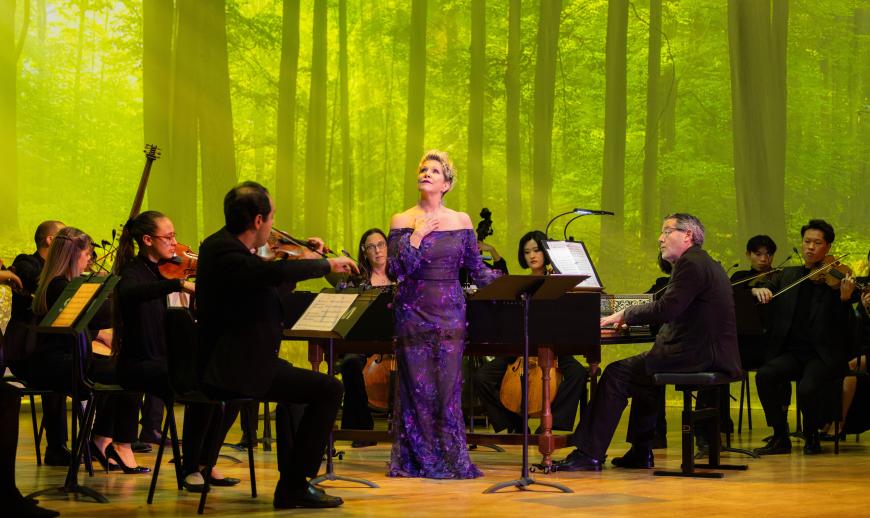
Also in January, at its fundraising gala in the Caroline H. Hume Concert Hall, SFCM showcased projections on the walls and ceiling of the performance space, technology that will be gradually perfected and integrated into curriculum and performances over the next two years. Mezzo-soprano Joyce DiDonato, an Askonas Holt client, performed at the gala amid a variety of projected environments. “It really took you out of thinking you were just sitting in a concert hall. You were on an emotional journey,” attests Mathews.
“We were able to shift the dynamics of the hall dramatically,” adds Stull. “We were in the Renaissance, then in a rainstorm. We heard cannon fire as troops were advancing.”
Stull speaks to the virtues of multimedia enhancement, including for opera productions. “It’s easier on the environment because you’re not building and tearing down things all the time” — as you must with traditional physical sets. “It’s incredibly efficient because you can change theater spaces right away. And you can produce anything with total control of the visual and acoustic media.”
Mathews was further impressed with the application of immersive technology to SFCM’s production of Missy Mazzoli’s opera Proving Up last month. The technology will likely work best, Mathews realizes, “with pieces that have an environmental aspect to them.” Among those, she’d especially favor the operas of Benjamin Britten.
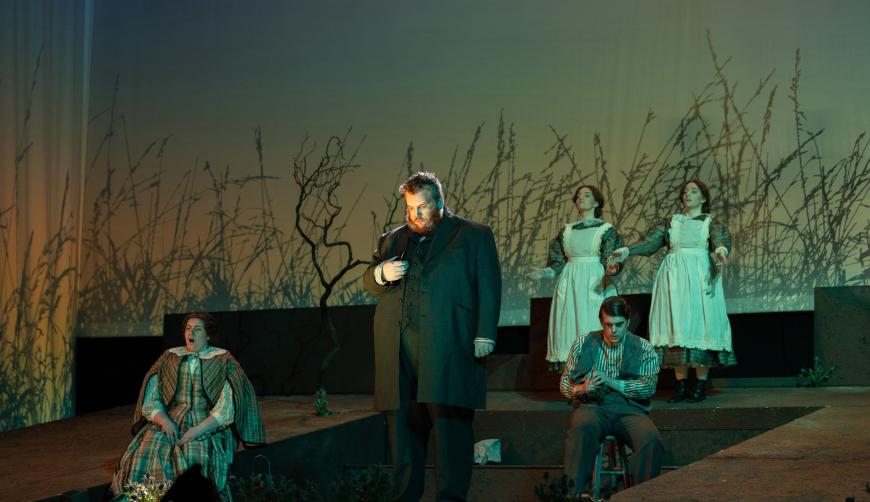
It’s a preference shared by Alyssa Vieau, a grad student in voice performance who dreams of being cast in Britten’s The Turn of the Screw. The projections “would work to create a scarier scene and immerse me in the character I’d be playing,” says Vieau.
Mathews attests to the tangible benefits of SFCM’s organizational alliance. To direct student productions, “we’ve brought in James Darrah from the Opus 3 roster, as well as Patricia Racette, who directed last year’s spring opera. We’ve been able to curate a curriculum that has space for these guests to come and spend a longer period of time with us.”
“A lot of people from the alliance are coming in and recording here,” adds Edwin Outwater, SFCM’s music director. “And some are doing full residencies with students. We just had Mei-Ann Chen here, conducting our orchestra when I was elsewhere. She’s an Opus 3 artist; she was here for two weeks, and she loved it. You come here, and you feel like it’s part of your artistic ecosystem. And there are very few musicians who are not energized by really dedicated students, and we have them here. It’s a synergy that seems to be positive on all fronts.”
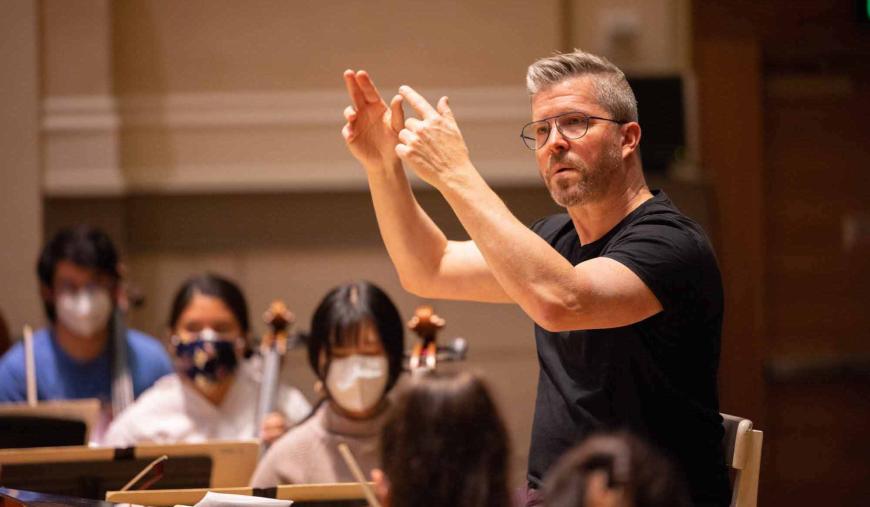
Outwater retains a connection to the San Francisco Symphony, his previous employer, and he was thrilled when SFCM announced the engagement of Michael Tilson Thomas as a distinguished professor of music earlier this month. “He’s an Askonas Holt artist, and I’ve been helping onboard him at this school,” says Outwater. “I think at this time of his life, being around all the students will be the greatest. He’s already coaching them, and they’ll probably get to have lunch with him.”
Outwater hopes for more in the way of commissioning and recording works for Pentatone. He notes that the label has already released pianist Lara Downes’s reimagining of George Gershwin’s Rhapsody in Blue as a single. Stull points out that Pentatone had engendered Primephonic as a streaming platform, which was acquired by Apple in 2021 and reemerged as Apple Music Classical in 2023. “Payam Mirrashidi, who’s a vice president at Apple, is on our board of directors,” says Stull. “We knew that Primephonic needed a much bigger platform, and now, as we’re making recordings on Pentatone, there’s an opportunity to deliver them to a platform that truly can not only provide the quality experience of listening but also allow you to find the recordings you’re looking for.
“So, you’re seeing pipelines now of what creates the future of music,” Stull concludes, “an economic platform that is designed to constantly sow new seeds and pour money back into the creation of its own future. And I think I’ve learned more about my place in music and our industry in the last three years [of working] than I learned in my first 29.”




